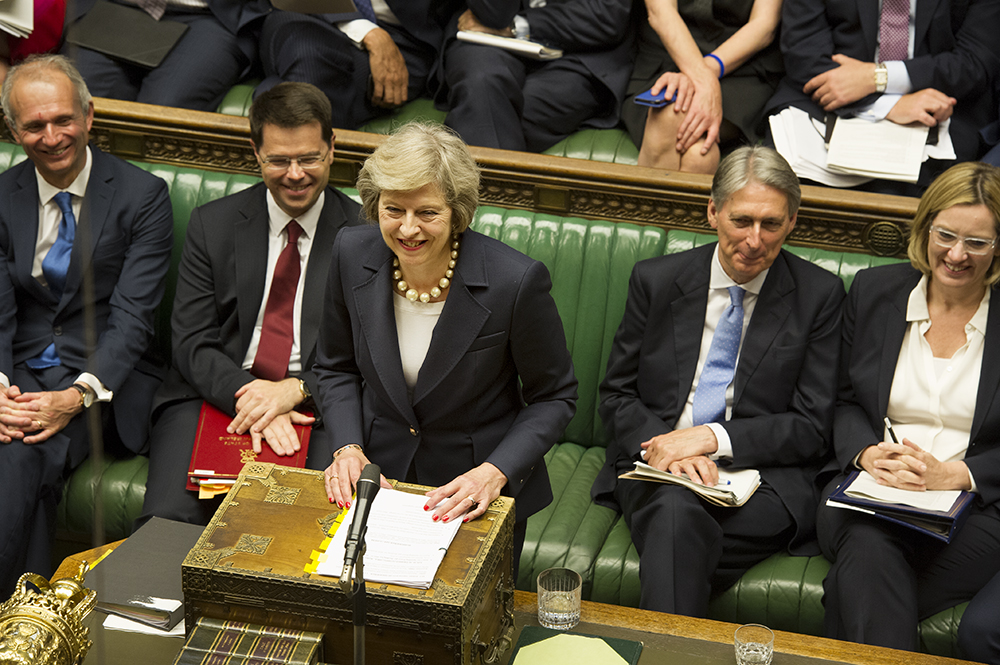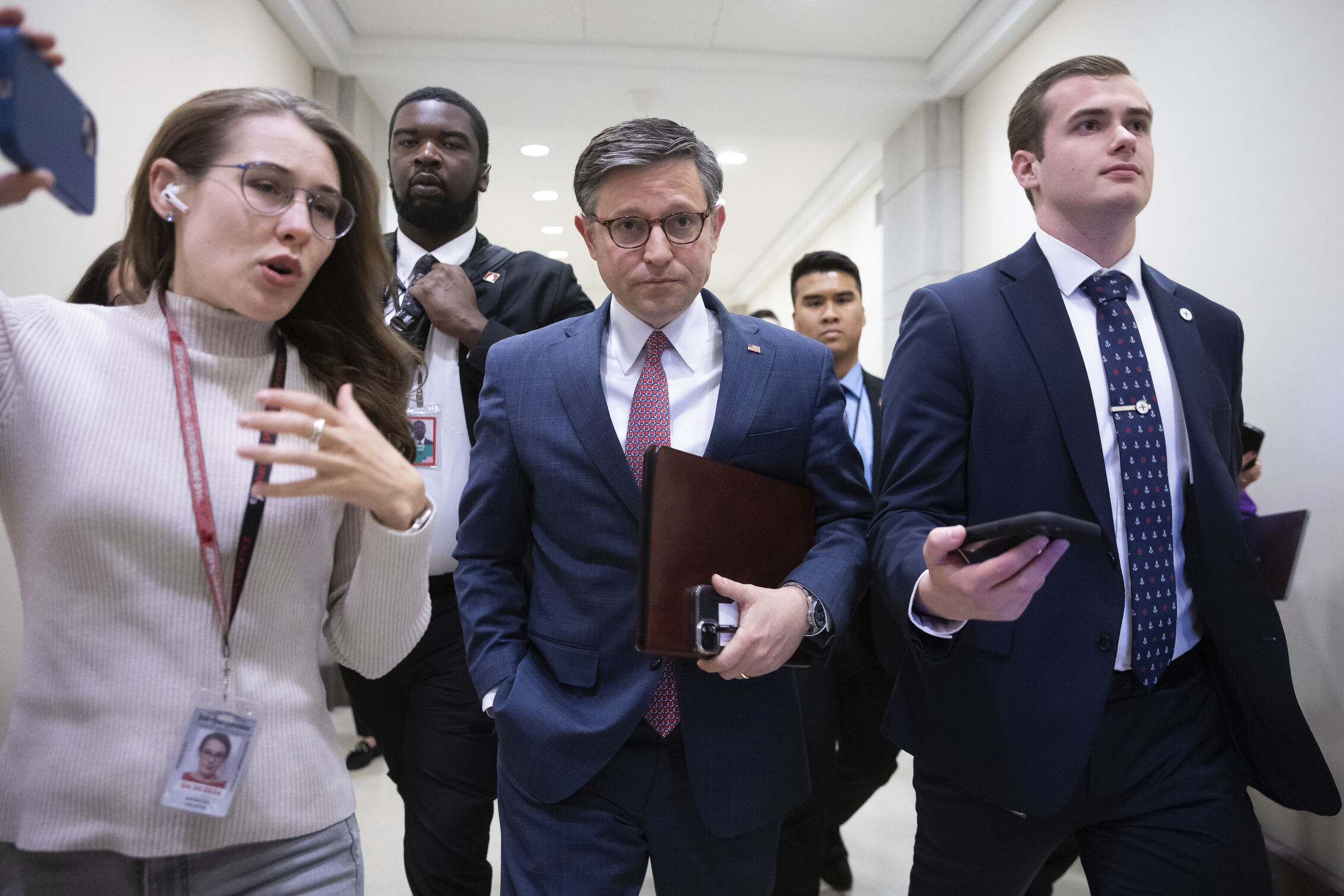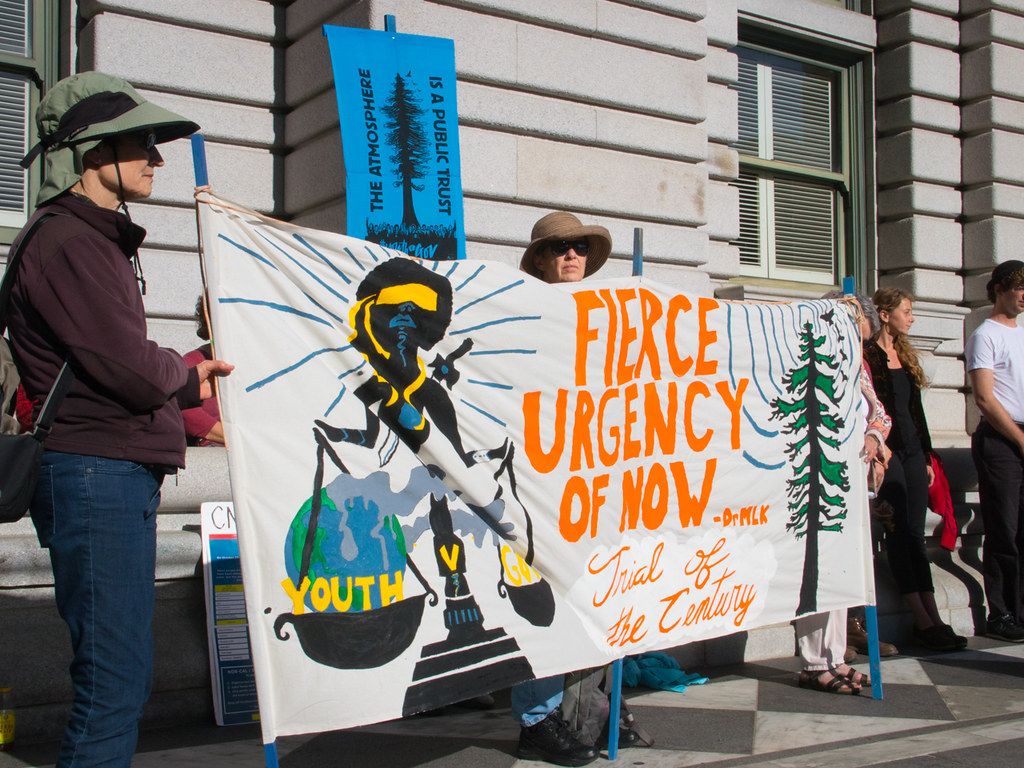Brexit Endgame: Parliament Seeks Delay to EU Exit
Editor’s Note: This article originally appeared on Order from Chaos.

Published by The Lawfare Institute
in Cooperation With

Editor’s Note: This article originally appeared on Order from Chaos.
Following a week of dramatic and confusing developments in British politics, the United Kingdom still does not have an agreed deal with the European Union on the terms of its exit, two weeks before it is scheduled to occur. Parliament rejected the deal negotiated by Prime Minister Theresa May (again), a no-deal Brexit, and a second referendum. The main choice now is backing May’s deal in a third vote or requesting a long-term extension with an indeterminate outcome. The U.K. will almost certainly not leave the EU on March 29, but it remains unclear when and how it will depart.
Why Did the Second Vote on May’s Deal Fail?
On March 12, May brought her Brexit deal back to Parliament for a second meaningful vote. It lost by a 391-242 margin, which was a slight improvement on the historic defeat of her first attempt on January 15 by 230 votes.
The sticking point is concern that the Northern Ireland backstop will permanently trap the U.K. in a customs union with the EU. Following Parliament’s directive in late January to renegotiate the backstop, U.K. Attorney General Geoffrey Cox sought assurances from EU officials that would enable him to revise his legal advice that the backstop could apply indefinitely. On the eve of the vote, May flew to Strasbourg to finalize agreements—a joint instrument, a joint statement, and a unilateral declaration—with European Commission President Jean-Claude Juncker that provided legally binding guarantees. Hours before the vote, Cox presented his updated opinion: There was still a risk the U.K. could remain stuck in the backstop. The new agreements had addressed bad-faith issues but not alternative arrangements. While May was open to political solutions, Cox’s strict interpretation didn’t allow a change of heart by Brexit hardliners or Northern Ireland’s Democratic Unionist Party (DUP), on which the Conservative Party relies for its governing majority.
Are We Safe from a No-Deal Brexit?
No, although the risk is reduced for now. On March 13, Parliament narrowly confirmed its opposition to a no-deal Brexit. May introduced a motion that said the U.K. should not leave the EU on March 29 without a deal, reversing her long-standing opposition to taking this option off the table and allowing her members of Parliament (MPs) a free vote. Her motion ended with the factual statement that “leaving without a deal remains the default in U.K. and EU law unless this house and the EU ratify an agreement.” In an effort to remove any ambiguity about the government’s intentions, Parliament adopted an amendment that deleted this phrase, to exclude a no-deal exit entirely. The government frantically whipped Conservative MPs to oppose the amended motion, which passed 321 to 278. Highlighting rifts in the Conservative Party, 17 Tory MPs voted affirmatively and 11 ministers abstained.
Despite the theatrics, the motion is symbolic and not legally binding. The only way to avoid no-deal is to ratify a deal or stop Brexit entirely by revoking Article 50 (the legal process governing withdrawal from the EU). However, the extension request adopted by Parliament the following day reduced the likelihood of a hard departure on March 29.
Will There Be a Second Referendum?
No, at least not now. During Parliament’s March 14 debate about extending the Brexit deadline, a member of the new Independent Group introduced an amendment requesting the delay in order to hold a second referendum. It was overwhelmingly defeated, with 334 MPs opposed and only 85 MPs in favor. Some advocates of a people’s vote argued this wasn’t the right time to test this option, and the Labour Party—which officially supports a second vote—whipped its members to abstain. Reflecting rifts in the Labour party, 24 members supported the motion and 17 opposed it; five shadow ministers resigned as a result of their unsanctioned votes.
Will There Be an Extension?
Almost certainly. On March 14, Parliament agreed 413-202 that May should ask the EU for an extension to the Brexit deadline. (May was forced to allow members to consider this option in order to pre-empt an amendment last month that would have required it.) The majority of Conservative MPs—including eight cabinet ministers, among them the latest Brexit secretary, Stephen Barclay—opposed her motion in this free vote, preferring a no-deal departure to an uncertain future. The motion passed with support from Labour MPs, who were whipped to back it.
An extension can only be granted if the other 27 EU leaders agree unanimously. Over the last week, some expressed openness to a request but wanted to understand its length and purpose. May will see her counterparts at an EU summit in Brussels on March 21 and 22.
What Happens Next?
May will bring her deal back to Parliament by March 20 for a third vote, as explained in her motion to extend the Brexit deadline. If successful, she will seek a technical extension until June 30 that will allow time for the adoption of implementing legislation as well as ratification by the European Parliament. This effort will largely depend on whether skeptics receive sufficient assurances about the backstop. At the end of a tumultuous week, Cox issued new advice suggesting the U.K. could withdraw from the backstop under the terms of the Vienna Convention. The government is primarily focused on winning support from the DUP, with negotiations underway that reportedly focus on extra financial support for the region and the role of the (currently suspended) Northern Ireland Assembly if the backstop takes effect.
If MPs reject the deal again, the motion underscores the likelihood of a lengthy extension. Proposals range from 9 to 21 months, with EU leaders insistent the U.K. must hold European Parliament elections in late May if there is a longer delay. In recent days, European Council President Donald Tusk has suggested a longer extension may be necessary to help the U.K. rethink its strategy. It is unclear how Britain would use this additional time, with options including a general election, second referendum, or consideration of a softer form of Brexit.





